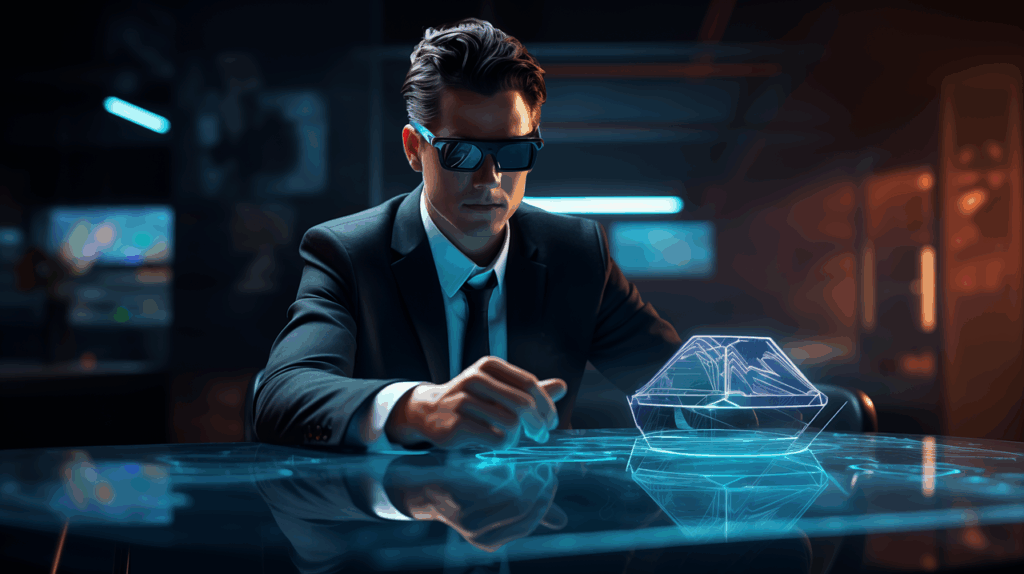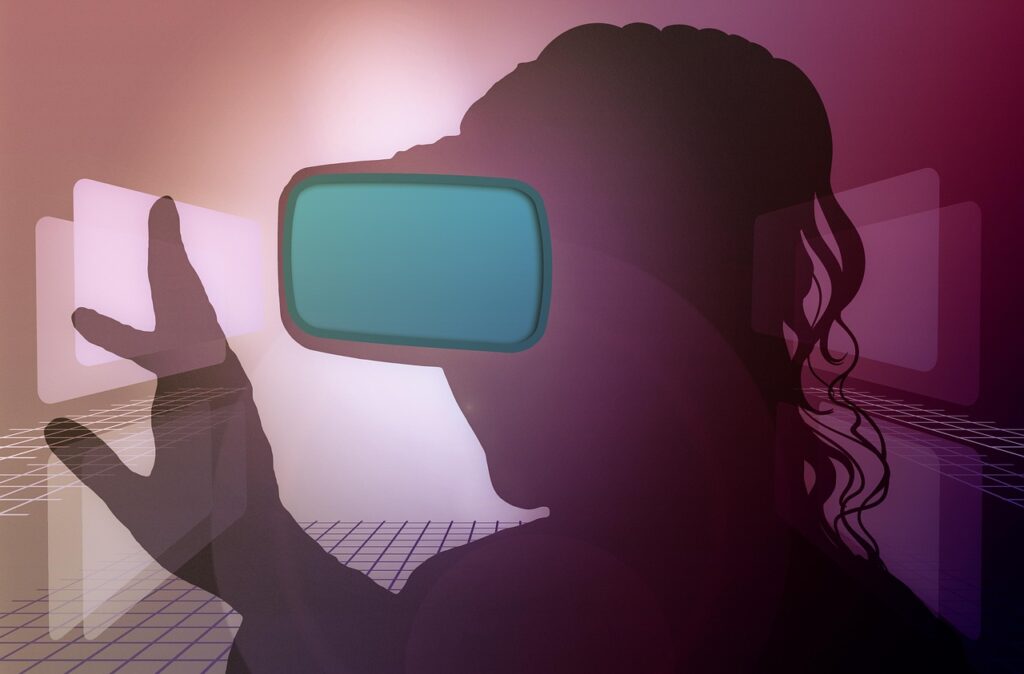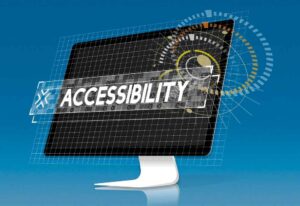AR (Augmented Reality) and VR (Virtual Reality) marketing solutions are immersive technologies that retail businesses can use to enhance customer experiences, increase sales, and reduce operational costs. AR overlays digital content onto the real world through mobile devices or smart glasses, while VR creates fully immersive digital environments using specialized headsets.
Retail businesses implement these technologies to solve specific challenges: reducing product returns, increasing customer engagement, enabling remote shopping experiences, and providing detailed product information without physical inventory limitations.
Let’s learn fundamental shifts in how customers discover, evaluate, and purchase products using AR and VR technologies The following examples demonstrate how augmented reality is revolutionizing different retail sectors with specific applications and measurable results. These virtual reality applications show how retailers are creating immersive environments that replace traditional showrooms and enhance brand engagement. Here are the technical infrastructure, content creation needs, and staff training requirements for successful AR and VR implementation. These metrics help retailers track the effectiveness of their AR and VR investments and measure business impact. This section addresses the most frequent obstacles retailers face when implementing AR and VR technologies and provides proven solutions. These proven strategies help retailers maximize the effectiveness of their AR and VR marketing investments. Start Small and Scale Begin with simple AR features like virtual try-ons or product visualization before investing in complex VR showrooms. Test with a limited product range and gather customer feedback before expanding. Focus on Customer Value Ensure AR/VR features solve real customer problems rather than serving as novelty experiences. Prioritize functionality that directly improves the shopping decision-making process. Integrate with Existing Systems Connect AR/VR experiences with inventory management, customer relationship management, and e-commerce platforms for seamless operation. Optimize for Performance Ensure AR/VR experiences load quickly and run smoothly on various devices to prevent customer frustration and abandonment. Provide Multiple Access Points Offer AR/VR experiences through mobile apps, web browsers, and in-store kiosks to accommodate different customer preferences. Artificial Intelligence Integration AI-powered personalization will customize AR/VR experiences based on individual customer preferences, browsing history, and purchasing behavior. Social Commerce Features Collaborative shopping experiences where customers can share AR/VR sessions with friends and family for group decision-making. Voice and Gesture Controls Natural interaction methods will replace touch controls, making AR/VR experiences more intuitive and accessible. Cross-Platform Compatibility Universal AR/VR experiences that work seamlessly across smartphones, tablets, smart glasses, and VR headsets. Advanced Analytics Machine learning algorithms will analyze AR/VR interaction data to predict customer preferences and optimize product recommendations. Step 1: Define Objectives and Budget Identify specific business goals (increase sales, reduce returns, improve engagement) and allocate budget for development, hardware, and ongoing maintenance. Step 2: Choose the Right Technology Select AR for product visualization and try-on features, or VR for immersive showroom experiences based on your product type and customer needs. Step 3: Select Development Partners Research AR/VR development companies with retail experience, check their portfolios, and request pilot project proposals. Step 4: Create Pilot Program Launch a limited test with select products and customer segments to measure effectiveness and gather feedback. Step 5: Analyze Results and Scale Review performance metrics, optimize based on user feedback, and gradually expand successful features to more products and locations. AR and VR marketing solutions offer retail businesses powerful tools to differentiate themselves, improve customer experiences, and drive sales growth. Success requires careful planning, customer-focused design, and commitment to ongoing optimization based on performance data and user feedback. Moiz Banoori is a seasoned Digital Marketing professional with over eight years of expertise in content creation and digital journalism. At REDLUMB, he spearheads teams to craft impactful SEO strategies that drive online growth and visibility. With a background in journalism, Moiz leverages his expertise in digital marketing to develop effective strategies that boost online visibility and help clients achieve their goals.

Core Benefits of AR And VR In Retail Marketing
AR Marketing Applications For Retail Stores
VR Marketing Strategies For Retail Businesses
Implementation Requirements & Costs
ROI Measurement & Key Performance Indicators
Common Implementation Challenges & Solutions
Best Practices For Successful Implementation

Future Trends In AR/VR Retail Marketing
Getting Started: 5-Step Implementation Plan





